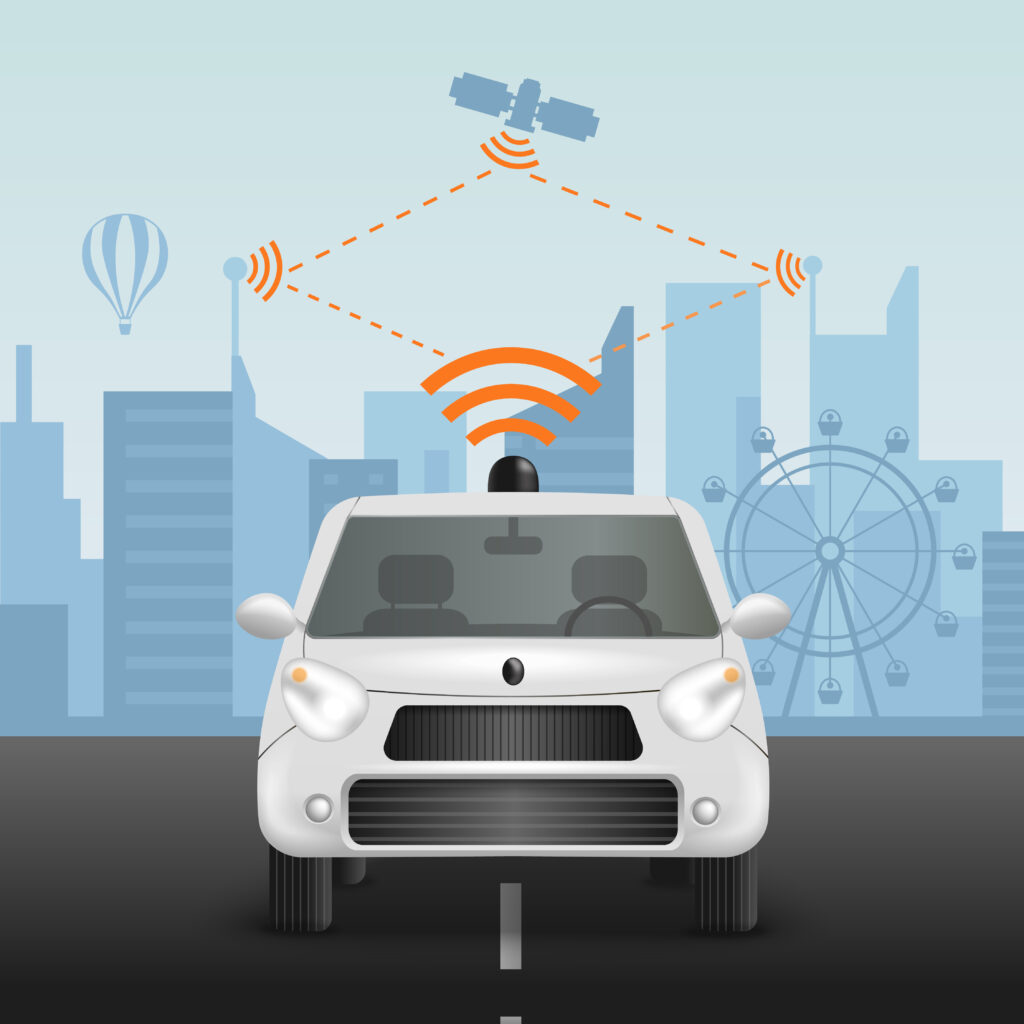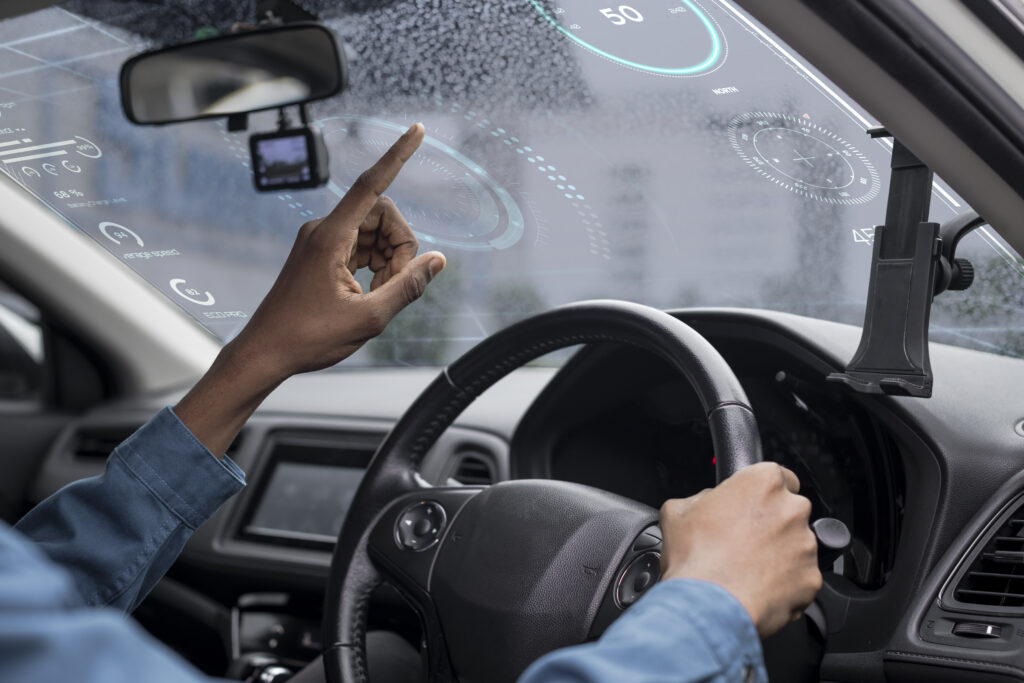The future of automotive technology is about to change in a big way! We’re on the edge of amazing new car innovations. Soon, cars might drive themselves, use clean energy, and be smarter than ever before. This will revolutionize how we travel and what we should know about cars. It’s like something from a movie, but it’s really happening! This keyframe of the “Future of Automotive Technology” is not just a glimpse into what’s coming—it’s the start of a whole new era in the way we move.
1. The Rise of Autonomous Vehicles

The future of automotive technology is evolving rapidly. For instance, self-driving cars are coming soon! Companies like Tesla and Uber are already working on vehicles that can drive entirely by themselves. Imagine, in the near future, a car that takes you to your destination without you needing to do anything at all! Moreover, these advancements will not only change the way we travel but also redefine our daily lives.
Levels of Autonomy
There are five levels, from cars that help a little (Level 1) to cars that drive completely on their own (Level 5). Soon, we’ll have lots of cars that can drive themselves almost everywhere (Levels 4 and 5). This shift will not only change how we drive but also reduce traffic accidents, as human error is currently the leading cause of accidents.
Impact on Society
Cities will look different, we might not need our own cars as much, and it will be easier for old people and people with disabilities to get around. Even big trucks will be able to drive themselves, making things like getting food to stores faster and safer.
2. Electrification and Sustainable Energy

The future of automotive technology is shifting towards electric cars, a major trend that will shape how vehicles are made and used. As concerns about climate change grow and reliance on oil and gas decreases, electric vehicles (EVs) are becoming increasingly popular and common.
Advances in Battery Technology
One of the main challenges facing EVs is battery technology. However, the next decade will likely see significant advancements in this area, including solid-state batteries that offer higher energy density, faster charging times, and longer lifespans. These improvements will make EVs more practical and affordable for the average consumer.
Expansion of Charging Infrastructure
For electric vehicles to become widely used, having a strong network of charging stations is crucial. In the coming years, we’re likely to see a lot more charging stations being set up, including very fast ones that can charge a car’s battery in just a few minutes instead of taking hours. Plus, wireless charging, where cars can charge automatically when parked on a special pad, might also become more popular.
Integration of Renewable Energy
Electric cars need clean power to be truly good for the planet. That’s why we’re increasingly using the sun and wind to charge them up! For example, imagine cars with their own solar panels to help them go farther. Additionally, we’re working together to ensure that the electricity used to charge these cars comes from clean sources like solar and wind energy.
3. Connected Cars and the Internet of Things (IoT)

Autonomous cars are becoming a reality, with technology that allows them to communicate with each other and with the road! Just as your phone connects to the internet, cars will soon be able to talk to other vehicles and things like traffic lights. Consequently, this will make driving safer and easier.
Vehicle-to-Everything (V2X) Communication
Imagine cars that can talk to each other and everything around them! That’s what V2X technology does. Cars can communicate with other cars, traffic lights, and even nearby pedestrians. This keeps us safe by knowing what’s happening on the road, like a car stopping suddenly ahead. It also helps cars adjust speed by talking to traffic lights, keeping traffic moving smoothly.
Enhanced Infotainment and Personalization
The future of automotive technology is becoming increasingly like our living rooms! For instance, you can watch movies, listen to music, and even use the internet right in your car. Moreover, smart cars can learn what you like and don’t like. Consequently, they can suggest the best routes, play your favorite songs, and even tell you about cool places nearby. It’s almost like having a smart friend helping you drive!
Over-the-Air Updates
Cars are getting smarter! Soon, you won’t need to take your car to the shop for updates. Your car can learn new things and fix itself by downloading updates directly from the internet, much like your phone. As a result, your car will always be up-to-date and equipped with the newest features.
4. The Shift to Mobility as a Service (MaaS)

Instead of owning a car, people are starting to use services where they can choose from different ways to get around. Imagine being able to take a bus, rent a bike, or use a ride-sharing app, all with just one easy app.
Car-Sharing and Ride-Hailing
Using services like Uber is becoming super popular! Soon, these services will be even better, and you won’t even need a driver! Self-driving cars will be used to take you places, and it will be cheaper and easier to get around.
Impact on Car Ownership
As MaaS becomes more widespread, the need for individual car ownership may decrease, especially in urban areas where parking and traffic congestion are major concerns. This shift could eventually lead to fewer cars on the road, thereby reducing environmental impact and significantly changing the dynamics of the automotive market.
5. Advanced Driver Assistance Systems (ADAS)

Cars are getting smarter helpers! Even though we’re working on cars that can drive themselves completely, we’re also making cars even better at helping drivers right now. These smart helpers, called ADAS, can do things like warn you if you’re getting too close to another car, help you stay in your lane, and even help you park. These helpers will keep getting better in the next few years!
Enhanced Safety Features
In the next few years, we’ll likely see many more charging stations being built, including super-fast ones that can charge a car’s battery in just a few minutes instead of hours. Additionally, wireless charging, where cars can charge automatically when parked on a special pad, might also become more common.
Semi-Autonomous Driving
The future of automotive technology is evolving quickly. Many new cars already offer semi-autonomous features, allowing the vehicle to handle certain tasks in specific conditions. As this technology advances, it will likely become standard, bridging the gap between traditional driving and full autonomy.
Conclusion
The future of automotive technology is set to revolutionize the way we think about transportation. Autonomous vehicles, electrification, connected cars, and new mobility models will bring transformative changes in the next decade. These innovations promise to make driving safer, more sustainable, and convenient. As these technologies develop, they will reshape the automotive industry and impact our daily lives. The road ahead is exciting, and the journey promises to be nothing short of extraordinary.

